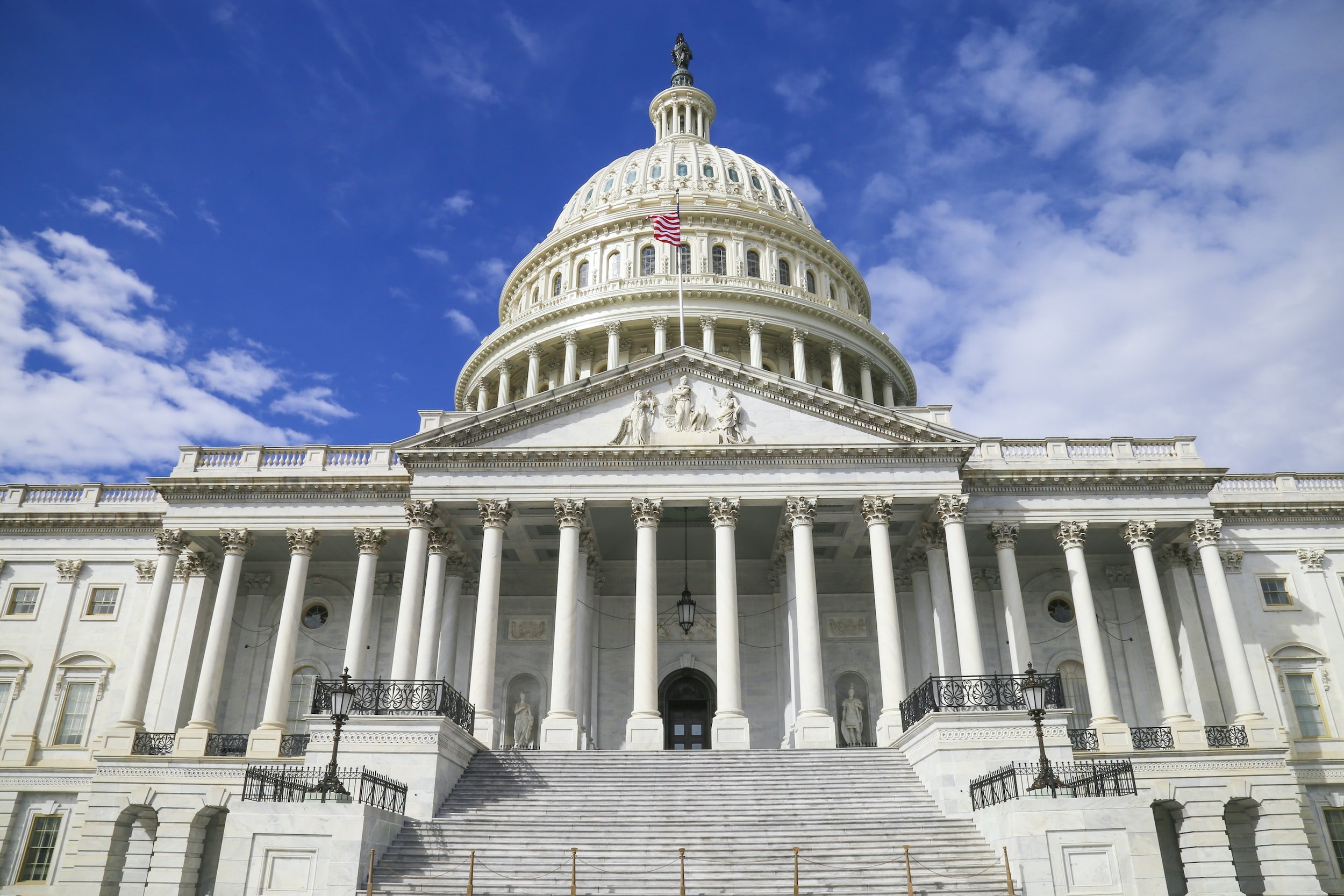4 Ways the New U.S. Congress can Advance Immigrant Workforce Inclusion
As members of the new U.S. Congress and state governments are sworn into office this month, they must rally around workforce development as a common and crucial priority. Regardless of political party or geographic location, constituents expect their new elected officials to deliver timely solutions to address our deepening labor shortages, growing economic inequality, and continued supply chain disruptions.
A first step in the work ahead is to reckon with new realities: Immigrants and their children will drive 97% of net U.S. labor force growth by 2030. With recent immigrants as likely as their U.S.-born peers to hold college degrees, this emerging multilingual, multicultural labor force will power the U.S. economy forward, so long as our leaders commit to addressing the systemic factors – including resolvable English barriers – that stymie their full workforce inclusion.
There are nearly 13 million adult English learners in the U.S. workforce. Since launching in 2020, EnGen has successfully opened English proficiency and career pathways to more than 45,000 of these learners. We’re just getting started – and are eager to share insights on what’s working with federal, state, and local leaders invested in bringing this work to scale in communities across the country.
Here we offer four ideas for new elected officials to advance this critical work.
1. Give language upskilling its due as a workforce development tool. COVID-era legislation has invested billions of dollars to expand workforce development and training programs, yet a critical gap persists: The U.S. currently meets the needs of just 4% of its adult English learners. Across the country, English courses are consistently oversubscribed with long wait lists – and many available programs are built on outdated instruction models. In 2023, federal and state workforce investments must not only expand the availability of language instruction, but also intentionally invest in models that achieve results. In the case of adult learners, that means contextualized language upskilling that integrates language with career-aligned skills. Learn more.
2. Build immigrant-friendly “on-ramps” to apprenticeship programs. Apprenticeships and other “earn-as-you-learn” career pathways have also enjoyed recent bipartisan support as tools to fill U.S. workforce gaps, especially in industries like manufacturing and construction. Yet at least 30% of skilled trade jobs are still going unfilled. We need more apprentices – and that means ensuring immigrants, refugees, and speakers of other languages can access apprenticeship programs. Here too, limited English proficiency is a barrier. In 2023, elected officials must prioritize funding for pre-apprenticeship programs, particularly those focused on career-aligned language upskilling – and incentivize employers to build earn-and-learn programs that start with foundational language skills. Here’s how.
3. Reimagine refugee resettlement. The U.S. welcomed 175,000 Afghan and Ukrainian newcomers last year – and laudably committed to resettling 125,000 refugees over the current fiscal year. In 2023, our commitment to refugees must extend beyond “welcome” to include sustained post-arrival support in rebuilding their lives and livelihoods. Under current protocols, refugees are expected to find a job in the U.S. in less than 90 days – despite limited professional networks, English proficiency, and a host of other barriers. Many take so-called “survival jobs” that offer workers limited room for advancement, despite having in-demand skills, credentials, experience, and potential. In 2023, leaders must commit to connecting refugees with pathways to a career – not just a job. A first step in this work is access to ongoing, career-aligned English training. Read more.
4. Break down barriers to professional licenses. Myriad other factors drive the systemic unemployment and underemployment of immigrants and refugees, including an estimated two million individuals with college degrees. Newcomers who were licensed professionals in their home countries – including health workers – often struggle to rejoin their fields in the U.S., primarily due to limited recognition of credentials earned in other countries, English barriers, and uneven access to support in navigating complex re-licensing processes. Expanding immigrants’ access to pathways that combine English instruction with support in re-licensing hold promise for workforce development in 2023. Learn more.
The U.S. workforce can no longer afford for millions of immigrant and refugee workers to sit on the sidelines. We need bold, decisive action from elected officials to ensure all U.S. workers – including immigrants, refugees, and speakers of other languages – can access opportunities that drive economic mobility, growth, and continued recovery.

